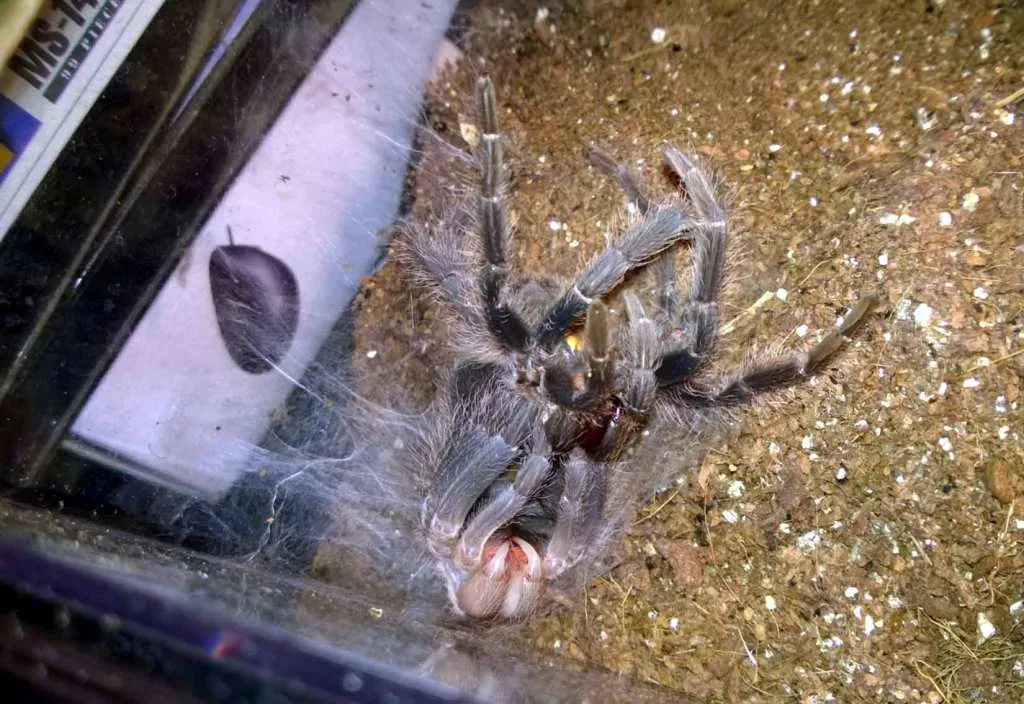Caring for a tarantula is a rewarding experience, but understanding their unique needs is crucial to ensure their well-being. One of the most significant aspects of tarantula care is knowing about their molting process, a vital part of their growth and development. Recognizing the signs of premolt, the period before they shed their exoskeleton, is essential for any tarantula owner. This guide will provide insights into the premolt phase, focusing on the tarantula premolt abdomen, the key indicator of an impending molt, and how to care for your spider during this delicate time.
Understanding Premolt in Tarantulas
Premolt is the preparatory stage for molting, or ecdysis, where a tarantula sheds its old exoskeleton to allow for growth. This process is essential for the tarantula’s survival, as their exoskeleton does not grow with them. Premolt is a period of significant physiological and behavioral changes, and it is important to understand what to expect during this phase to provide the best possible care. Recognizing these changes can help you avoid unnecessary stress on your tarantula and ensure a successful molt.
What is Premolt?
Premolt is the time before a tarantula sheds its old exoskeleton. During this phase, the tarantula begins to create a new, larger exoskeleton underneath the old one. This process takes time and energy. The old exoskeleton becomes detached from the tarantula’s body as the new one forms. The tarantula may exhibit a range of behaviors during premolt, from a loss of appetite to a change in temperament. The duration of premolt can vary depending on the tarantula’s age, species, and environmental conditions, but it typically lasts several weeks to a few months.
The Molting Process
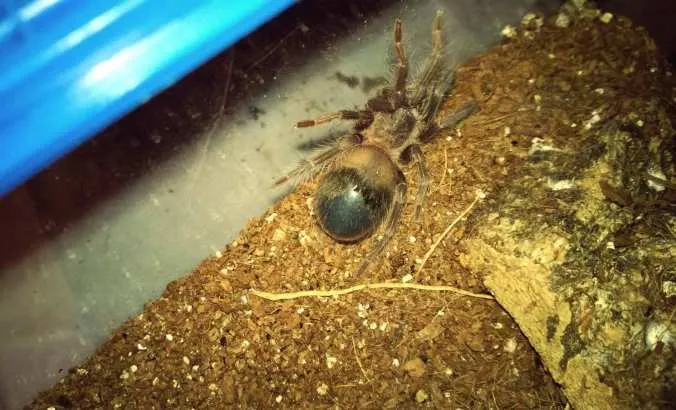
Molting is the shedding of the exoskeleton, a process where the tarantula emerges from its old shell, leaving behind its previous form. The tarantula absorbs water to swell and split the old exoskeleton, usually along the carapace and abdomen. The tarantula then slowly crawls out of the old shell, leaving behind its old form. After molting, the tarantula’s new exoskeleton is soft and vulnerable, and the tarantula will need time to harden and regain its strength. This is a vulnerable time, and providing a safe and stress-free environment is crucial.
Why is Premolt Important?
Understanding premolt is vital for tarantula owners because it allows them to anticipate and accommodate the needs of their tarantula during this sensitive period. Knowing the signs of premolt helps owners avoid disturbing their tarantula, which can be stressful and potentially harmful. It also allows them to prepare the enclosure, ensuring a safe environment for the molt. Premolt also provides an opportunity to make sure the tarantula’s environment is ideal so it can successfully go through the molting process. A successful molt ensures the tarantula can grow, heal injuries, and maintain overall health.
Spotting the Signs of Premolt Abdomen
The tarantula premolt abdomen is one of the most reliable indicators that your tarantula is about to molt. As the tarantula prepares to shed its exoskeleton, the abdomen undergoes several noticeable changes. Observing these signs is crucial for tarantula owners. These changes can include alterations in the abdomen’s appearance, as well as behavioral shifts. Paying close attention to these details will allow you to provide the best care during the premolt phase.
Abdomen Appearance
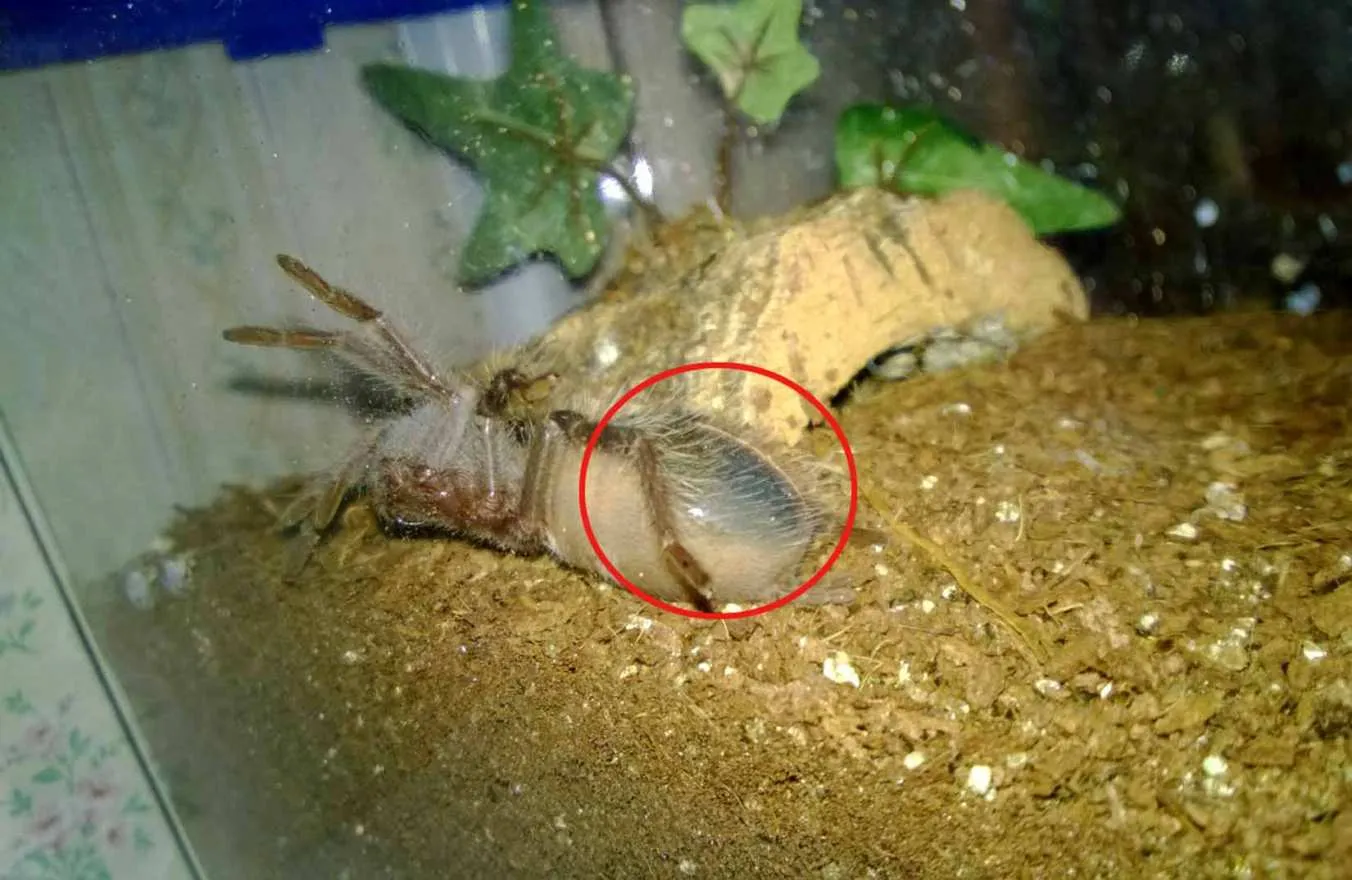
The most apparent sign of premolt is a change in the appearance of the abdomen. The abdomen becomes darker and may appear shiny or stretched as the new exoskeleton forms beneath the old one. This transformation often becomes apparent weeks or months before the actual molt. By observing this specific change, you can make sure your tarantula gets the right care during the premolt period, ensuring a smooth and successful molt.
Color Changes
The color of the tarantula premolt abdomen often shifts. The abdomen can darken significantly, especially in species with vibrant abdominal patterns. This darkening is a sign that the new exoskeleton is forming. Some tarantulas may also develop a bald spot, a patch of exposed skin on the abdomen, which is a clear indication of an upcoming molt. The extent and nature of these color changes vary by species, but these visual cues can help you recognize your tarantula is approaching the molt.
Hair Loss
Premolt also often causes hair loss on the abdomen. Tarantulas have urticating hairs on their abdomen, which they use for defense. As the tarantula prepares to molt, these hairs loosen and may fall off. The bald spot, the area with the most hair loss, is a direct indicator the molt is approaching. This behavior is normal and a sign of the preparation for the molt. This hair loss is an important sign of the premolt phase, so be ready to take care of your tarantula.
Behavioral Changes
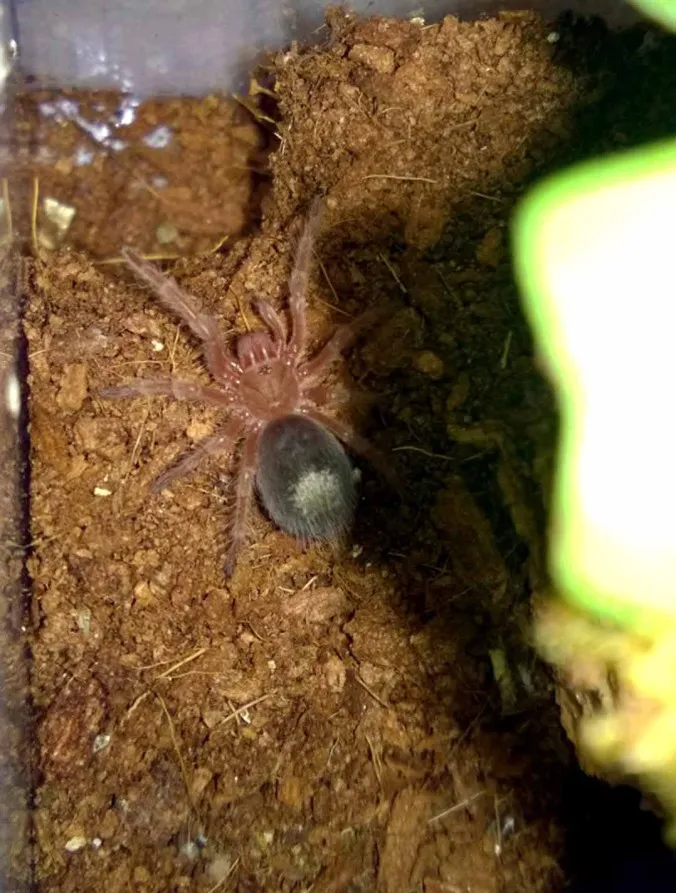
In addition to physical changes, tarantulas undergoing premolt also display a range of behavioral changes. These can include a loss of appetite, lethargy, and a tendency to hide more frequently. Recognizing these behavioral shifts alongside the visual cues can help you accurately identify when your tarantula is in premolt, allowing you to adjust your care practices accordingly.
Loss of Appetite
One of the most common behavioral changes during premolt is a loss of appetite. Tarantulas may refuse food for several weeks or even months before molting. This is because the tarantula’s energy is focused on creating the new exoskeleton, not on eating. It’s essential not to force-feed your tarantula during premolt. Instead, provide fresh water and remove uneaten prey to avoid any unnecessary stress or potential health issues.
Lethargy and Hiding
During premolt, tarantulas tend to become more lethargic and spend more time hiding. They may retreat to their burrows or under hides and become less active. This behavior is natural, as they are conserving energy for the molting process. Avoid disturbing your tarantula during this time, and ensure that their enclosure provides ample hiding places and a sense of security.
Preparing for Premolt
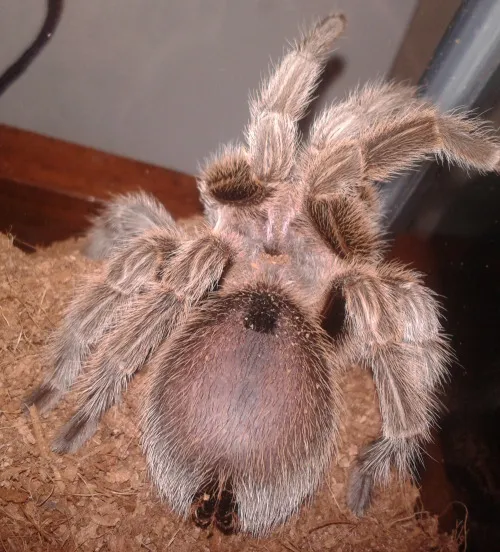
Preparing the enclosure is an important step to take when you see the signs of premolt. These steps will assist in the molting process, helping ensure a successful and safe molt. You can create a safe environment for your tarantula by taking a few key measures, from providing the right humidity to avoiding any disturbances. Doing this will reduce stress on your tarantula and improve the chances of a successful molt.
Providing a Safe Environment
Ensure the tarantula’s enclosure is secure and free from potential hazards. Remove any items that could be harmful during the molt, such as sharp decorations or anything that could cause the tarantula to get stuck. Provide a shallow water dish with fresh water, and ensure that the substrate is appropriate for burrowing species. Also, make sure to create a stable environment.
Maintaining Proper Humidity
Maintaining the correct humidity levels is crucial during premolt. The humidity level is key to the successful molting of the tarantula. Use a hygrometer to monitor humidity and adjust the enclosure conditions as needed. For most species, a humidity level between 60% and 70% is ideal. Mist the enclosure or add water to the substrate to maintain the appropriate level of humidity.
Avoiding Disturbances
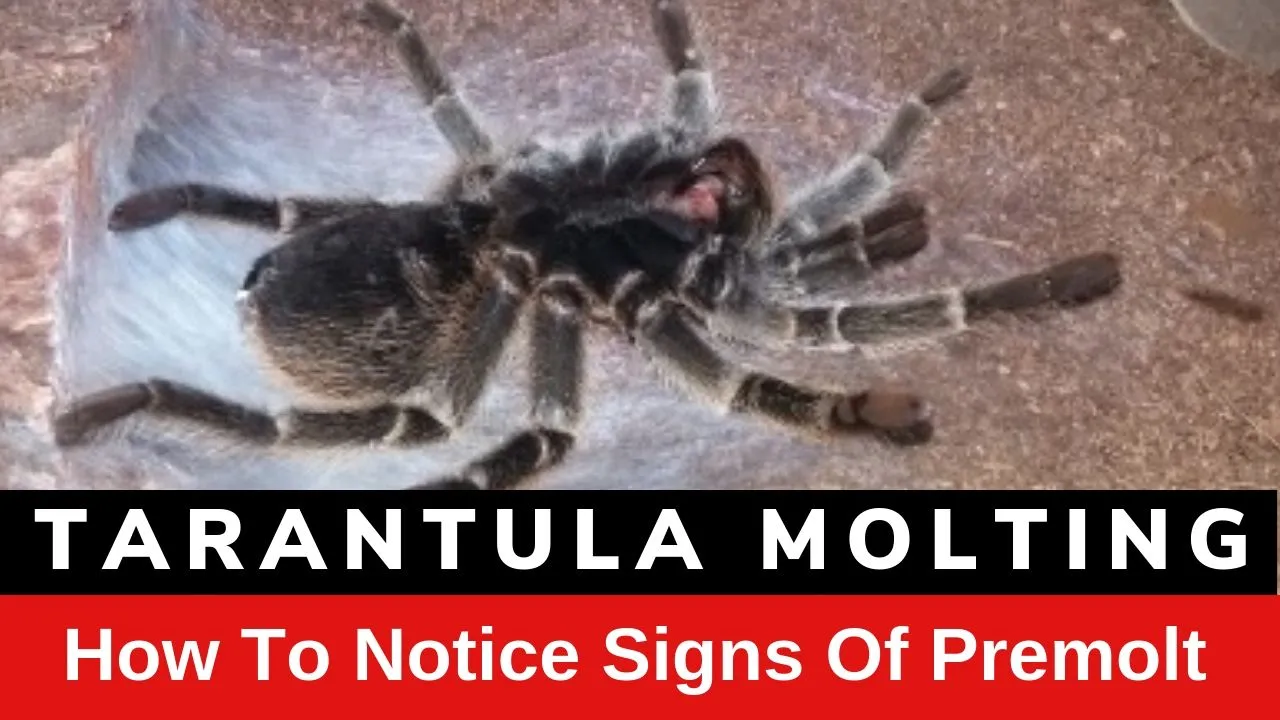
Minimize disturbances during the premolt period. Avoid handling your tarantula, and keep noise and vibrations to a minimum. Ensure the enclosure is in a quiet location, away from direct sunlight or drafts. Reducing disturbances can prevent stress, which might otherwise interfere with the molting process. Make sure to let your tarantula remain in a safe and undisturbed environment.
Post-Premolt Care
After molting, your tarantula will be vulnerable as the new exoskeleton hardens. Understanding how to care for your tarantula immediately after molting is crucial for a full recovery. This involves removing the old exoskeleton, providing food, and monitoring for any health issues. Taking care of the tarantula after the molting stage can ensure their overall well-being and contribute to their health.
Removing the Exoskeleton
Once the tarantula has fully molted, wait until the new exoskeleton has hardened before removing the old one. The tarantula may eat part of its old exoskeleton to replenish nutrients. Once the tarantula has consumed what it needs and the exoskeleton is no longer needed, remove it from the enclosure to prevent mold or bacterial growth. This is a key part of post-molt hygiene and overall enclosure maintenance.
Feeding After Molting
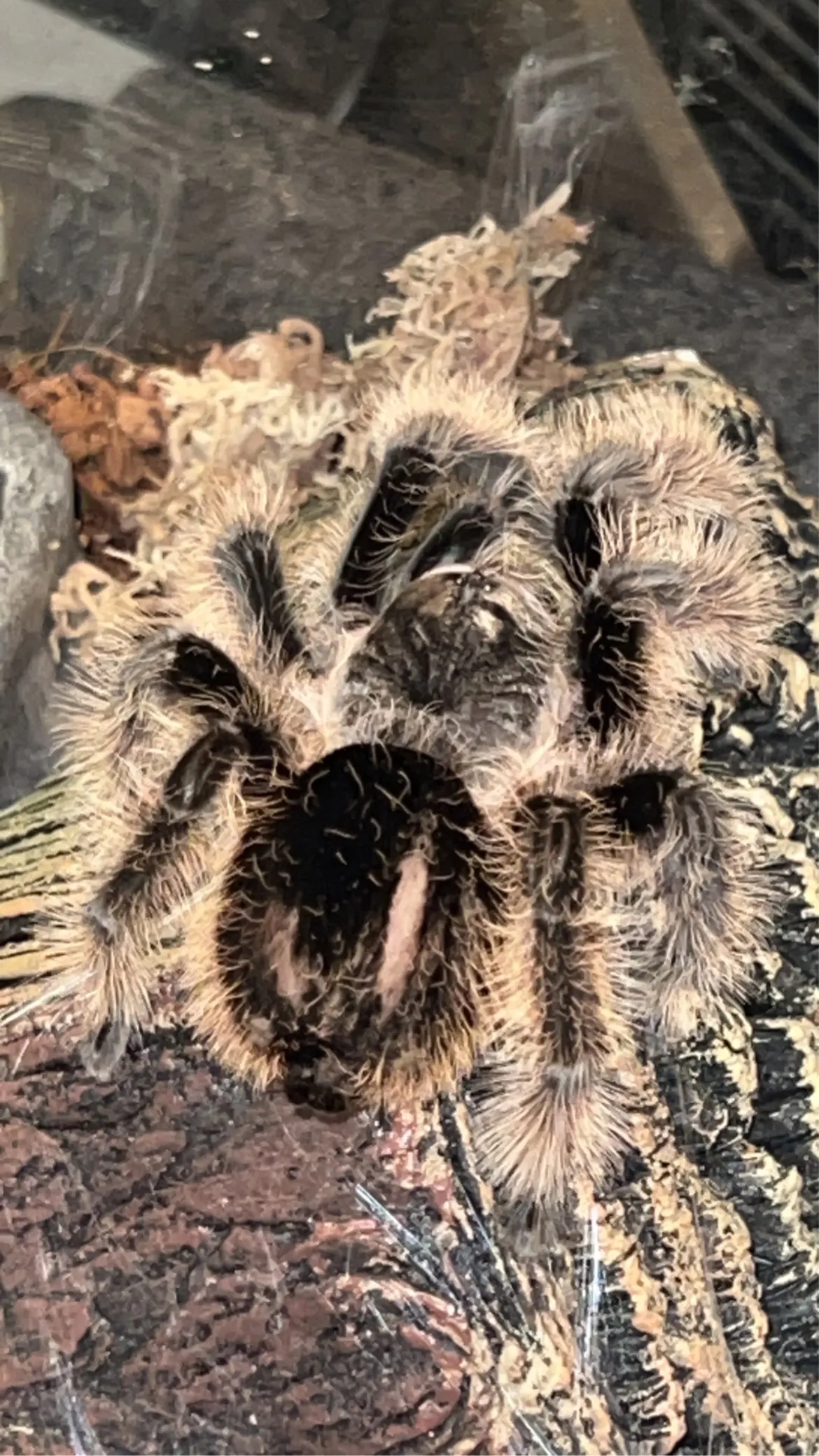
After the molt, wait a few days before offering food, allowing the tarantula’s fangs to harden. Offer a small, easily manageable meal. The tarantula will likely have a great appetite as it replenishes its energy. Monitor the tarantula as it eats. Ensure that the prey item is not too large, as the tarantula’s fangs are still hardening and may be vulnerable. Gradually increase the meal size as the exoskeleton hardens further.
Monitoring for Health Issues
After molting, observe your tarantula for any signs of health issues. Look for proper leg function and coordination. Ensure there are no injuries. If you notice any problems, such as a failed molt or unusual behavior, consult an experienced tarantula keeper or a veterinarian specializing in exotic animals. Early intervention can often prevent serious complications and help your tarantula recover fully.
In conclusion, recognizing the signs of premolt in your tarantula, particularly the tarantula premolt abdomen, is essential for responsible pet ownership. By understanding the molting process and providing the right care, you can ensure the health and well-being of your tarantula. Pay attention to the abdomen appearance, behavioral changes, and environmental needs to ensure a smooth transition. By taking care of your tarantula during premolt, you are taking a step to providing a happy and healthy life for your pet spider.
